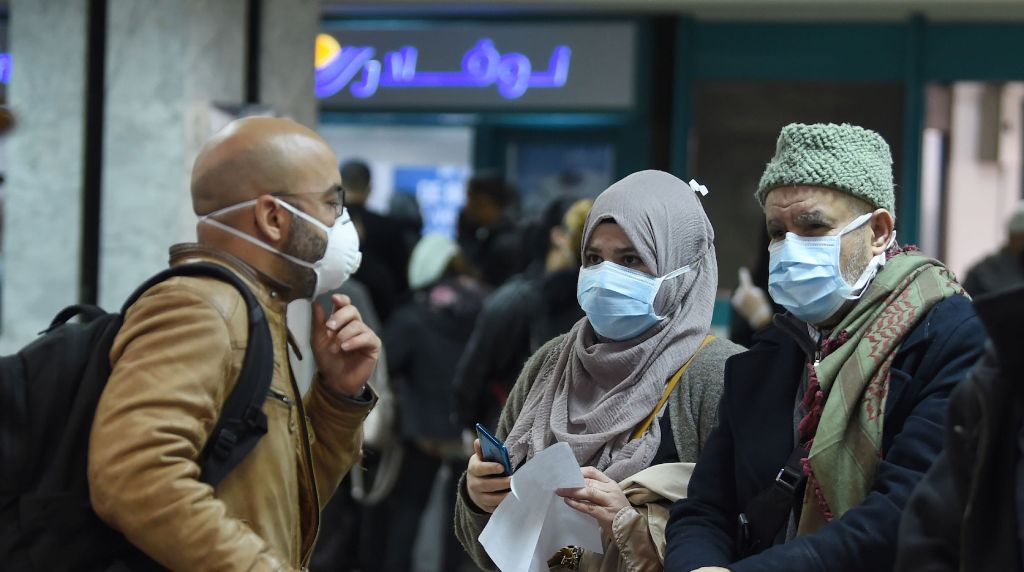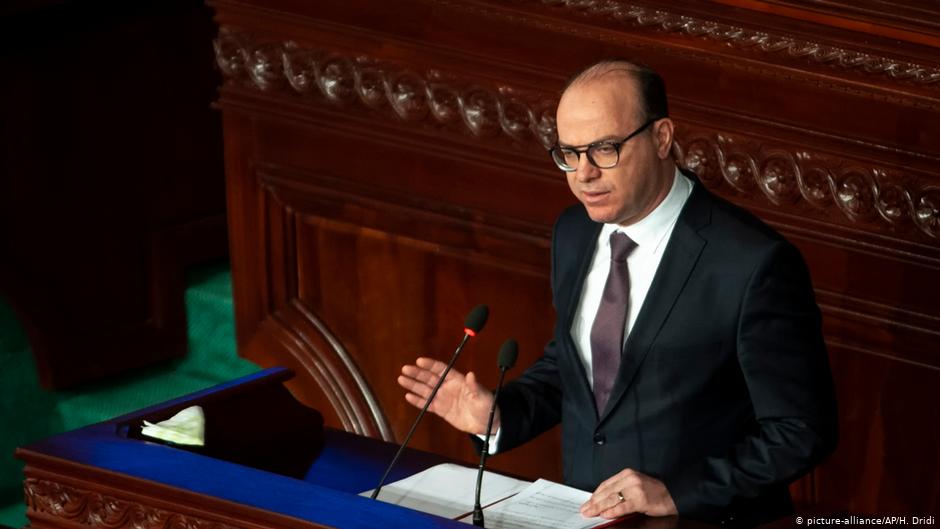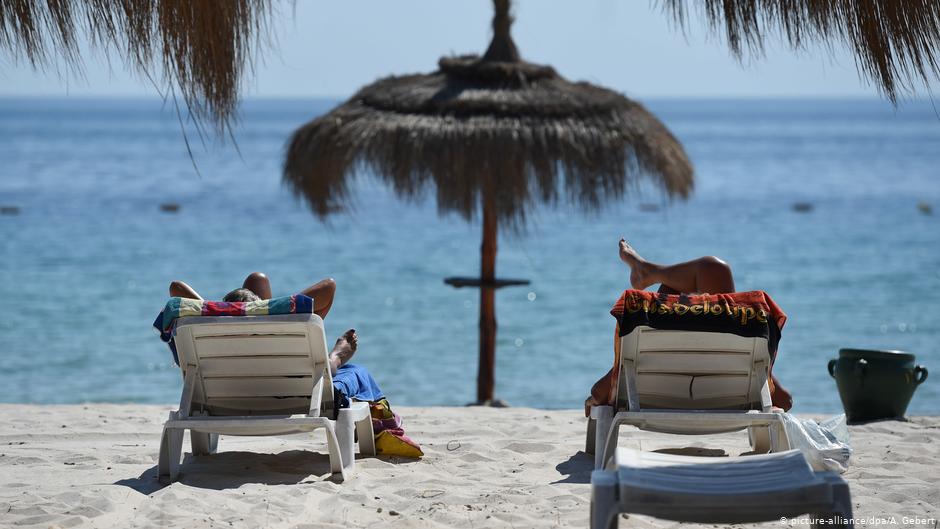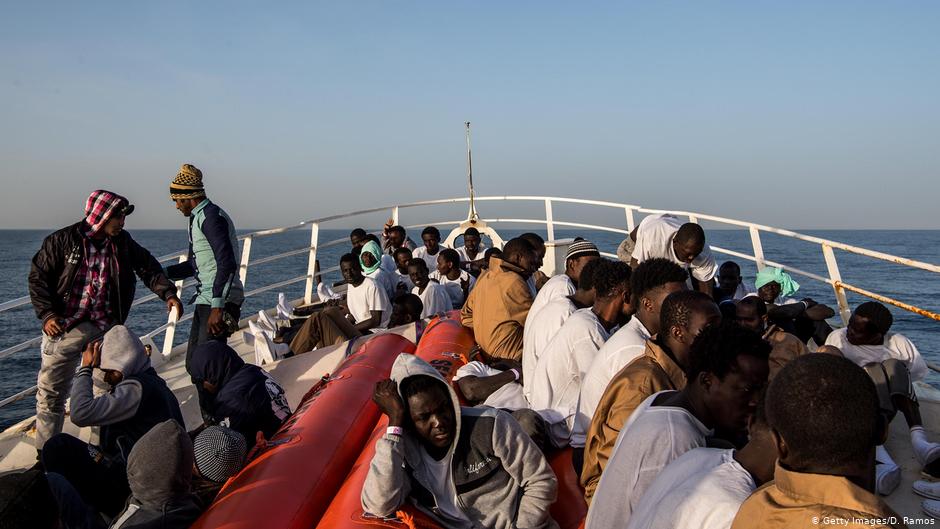Tunisia post-lockdown – should we stay or should we go?

The leaden weeks of COVID-19 lockdown are over, and life has returned to the streets. There is a tangible sense of relief over the end of the health crisis. Social distancing, hygiene and quarantine rules are still in place, but now that restrictions on movement and work have been relaxed, things are slowly getting back to normal. Cafes, restaurants and mosques have re-opened, travel within the country is allowed, and businesses are resuming operations. The curfew has been lifted, too.
The first half of June saw no new coronavirus infections for seven days in a row, but the authorities in Tunisia did register 22 new cases over the last week – though only four of those were locally-transmitted infections. All the others were found in Tunisians repatriated from abroad and staying in quarantine centres. The strict entry and quarantine rules seem to be working. In total, the authorities have counted 1110 coronavirus cases, and 49 deaths. Sixty-two known active cases remain.
Survived the first wave
The country has therefore survived the first wave of the pandemic – at least, for now. And thanks to the government’s proactive crisis management, Tunisia’s poorly-equipped health system was never in serious danger of collapse – even if the crisis did point up its glaring deficiencies. Prime Minister Elyes Fakhfakh put extensive restrictions in place early on, and in some cases made sure they were rigorously enforced. Despite some obvious nervousness from the authorities, the health crisis remained almost entirely under control.
You may also like: Corona proactivity in Tunisia, trivialisation in Egypt

In the light of these newly confirmed cases, however, there is still a need for caution – particularly since social-distancing and hygiene rules are certainly not always being followed across the country. While the previous capacity restrictions on public transport have been revoked, most cafes and restaurants are now operating just as they did before the crisis. Only a few businesses are heeding the advice to put out fewer tables and follow social distancing rules. Face masks are also being worn less frequently.
Hope for the tourism sector
The authorities are keeping a closer eye on the tourism and hotel trade, though the government still hopes to rescue part of the peak season and start to welcome tourists from Europe and neighbouring Algeria from July onwards. The borders are due to be re-opened on 27 June. And in an effort to make the relaunch of Tunisian tourism a success, the government is doing its best to prepare the industry for the new realities and is advertising heavily.The trade has been issued with a set of health protocols including rules on social distancing and hygiene, which also stipulate a maximum 50 percent occupancy. Tunisia’s tourist board, the ONTT, has published an advertising video showing strict checks and disinfection procedures at the airports. The clip says that the country is “ready and safe”. The World Tourism Organization has even explicitly praised Tunisia’s efforts “to guarantee a safe environment for travellers and workers in the tourism sector”.

All the same, the government is still urging caution. The battle has not yet been won, the director of the National Observatory of New and Emerging Diseases (ONMNE), Nissaf Ben Alaya, repeats. The planned opening of the border with Algeria is particularly risky, since the pandemic is a long way from being under control there.
A wave of strikes and protests: government under pressure
Meanwhile, restarting tourism is a desperate necessity for the country’s economy, and for hundreds of thousands of seasonal workers. The social and economic downsides of the lockdown are obvious. According to estimates, the crisis has led to the temporary loss of more than 430,000 jobs – in a population of just 12 million.
Social inequalities have intensified hugely since the outbreak of the pandemic. The government has taken some counter-measures, pumping money into the economy and offering special help to those on low incomes and in informal employment. But these measures have not gone nearly far enough. For weeks now, strikes and protests with socio-economic motivations have been intensifying, first and foremost in the systematically neglected south and west of the country. In May, the Tunisian human rights group FTDES counted 516 protests nationwide – more than double the number in April.
While the government is giving priority to the collapsed tourist industry – of which the richer coastal provinces are the main beneficiaries – and trying to breathe life back into it, the unions are increasingly taking to the barricades and launching one strike after another in southern and western Tunisia. The oil, gas and phosphate industries are currently hardest hit, but the transport and health sectors are also suffering. Further strikes are now being threatened in public services, as the trade union congress UGTT is vehemently rejecting Fakhfakh’s decision to freeze wages in light of the stretched state budget.
You may also like: Democratic transition in crisis? Building Tunisia from the ground up

It was only on Sunday that a four-week-long strike by miners in the phosphate industry escalated, when the police forcibly broke up their sit-in in Sidi Bouzid. The Al-Kamour movement in Tataouine, southern Tunisia, also resumed their protests in May. During days-long sit-ins, hundreds of demonstrators demanded investment in the region’s development and jobs in the oil industry. The UGTT has explicitly backed the movement and is calling on the government to finally implement the agreement negotiated between protestors and government in 2017, which the population is still waiting for.
Social misery sparks illegal migration
The latest signs of a sharply escalating social crisis in the country are the new figures for illegal migration. In May alone, Tunisian authorities caught 1243 people attempting to cross to Italy by boat. In April, that number was just 99. The authorities have counted 2366 people trying to make the illegal crossing since January, compared with 961 for the same period last year.
“There is a clear connection between coronavirus and the rise of social problems, including increased migration,” Romdhane Ben Amor from FTDES told Qantara.de. And it is not just Tunisians who are affected by the structural social inequalities that existed before coronavirus, and the consequences of lockdown; migrants living in the country are impacted, too. The crisis has hit them particularly hard, as their work is almost always precarious and they have no access to state aid. It is estimated that more than half of them have lost their jobs during the coronavirus crisis.
It is doubtful whether Fakhfakh’s government will be in a position to diffuse the explosive social situation in the country. Since the coronavirus crisis has slowly begun to abate, the members of his shaky multi-party coalition have started to express their differences more openly again. It may therefore prove impossible to govern effectively for the foreseeable future.
Sofian Philip Naceur
© Qantara.de 2020
Translated from the German by Ruth Martin